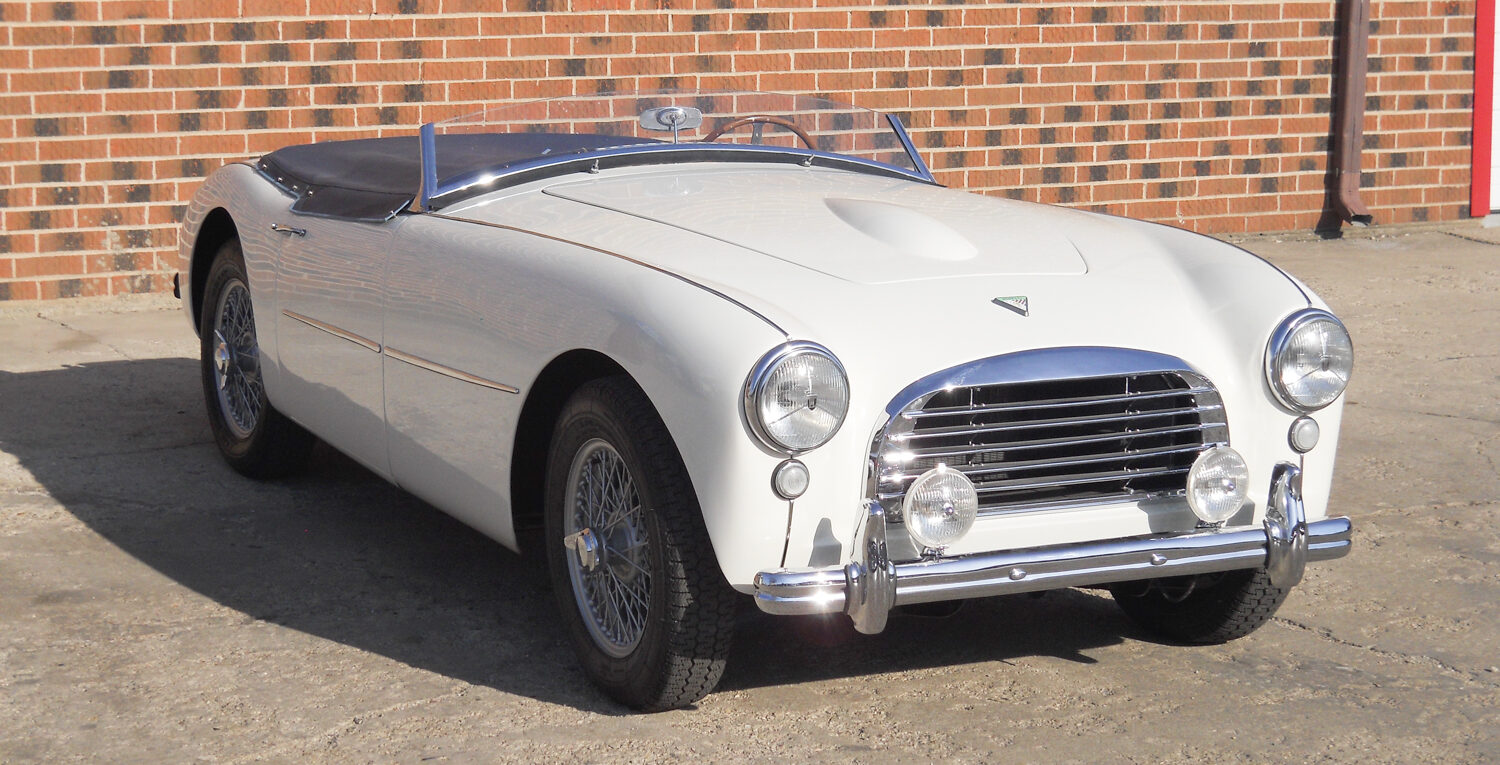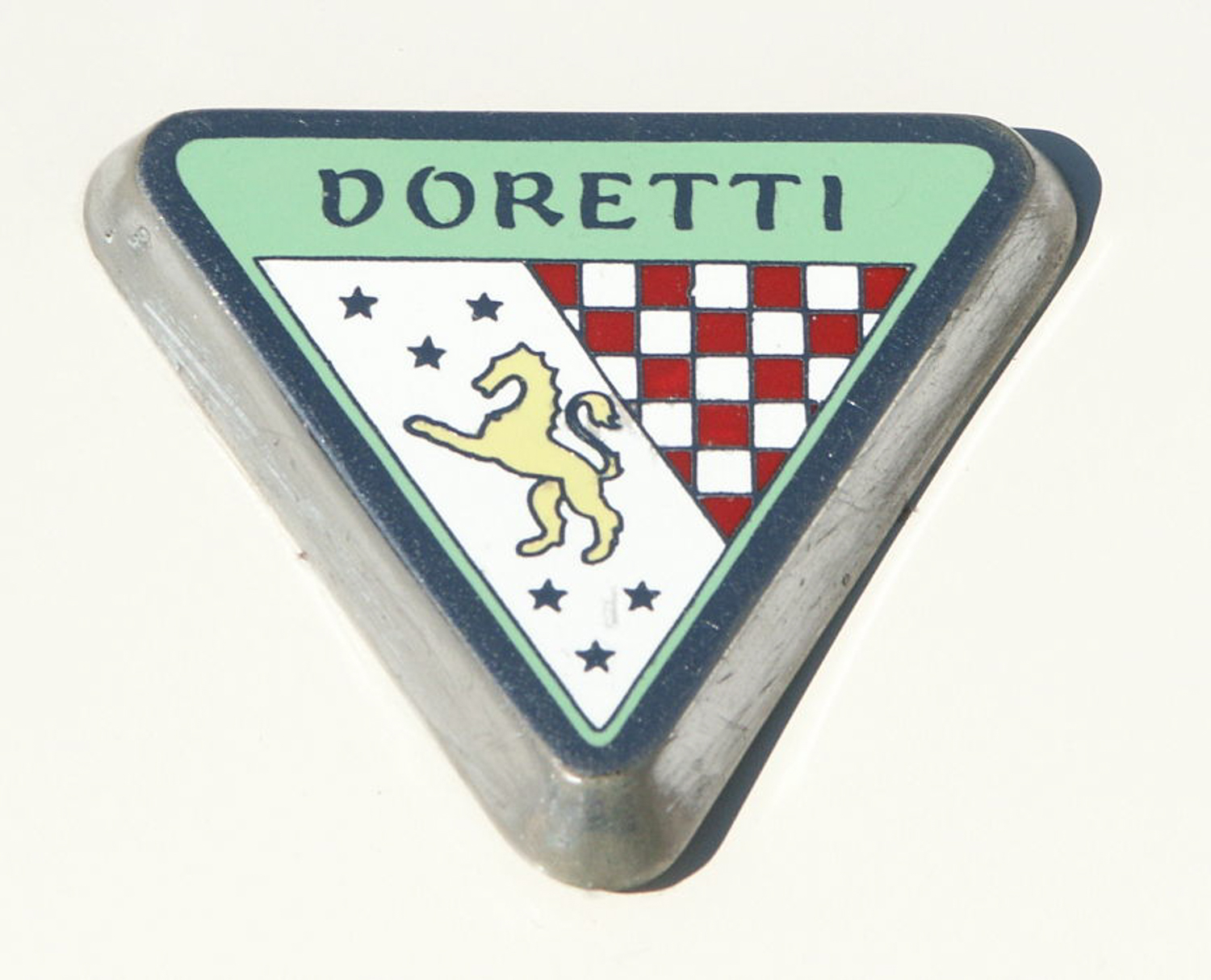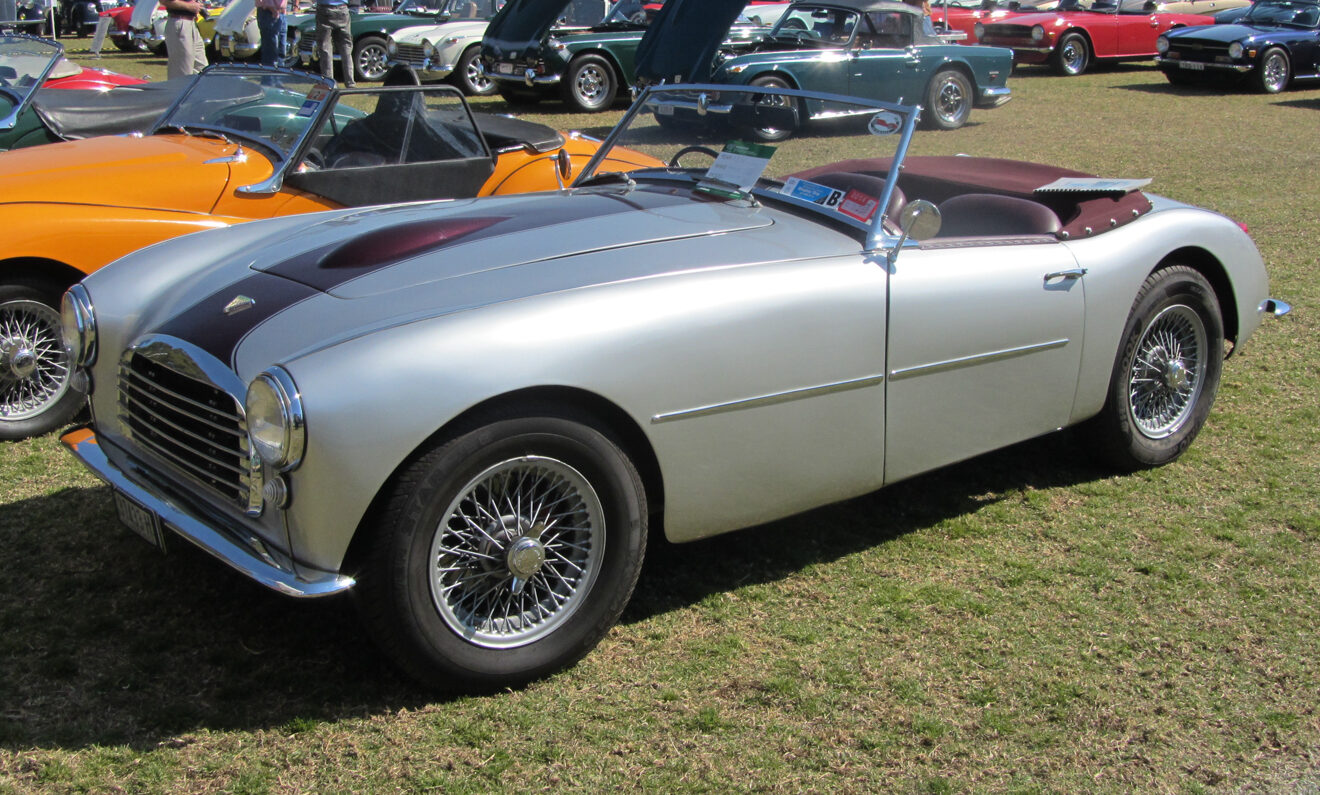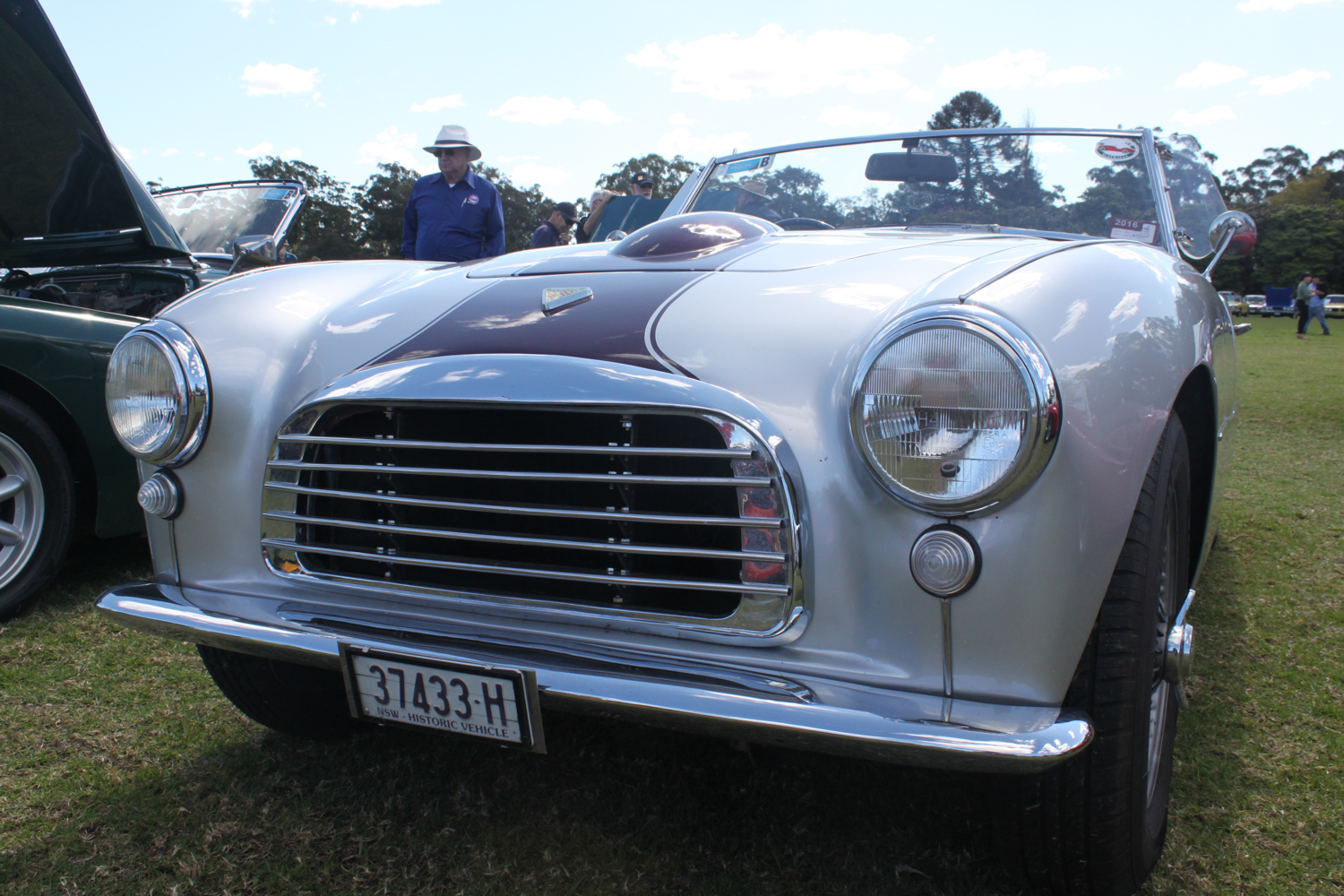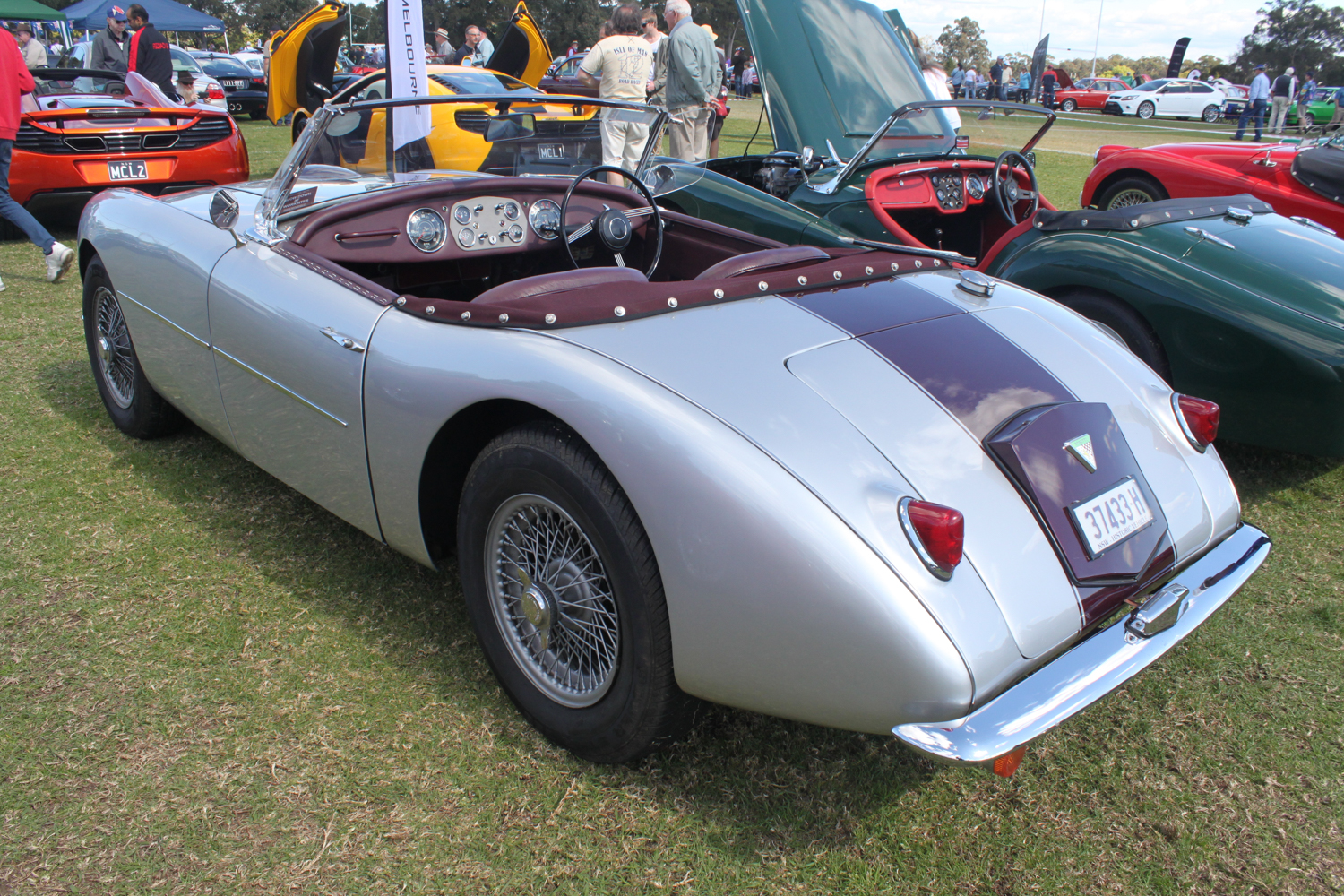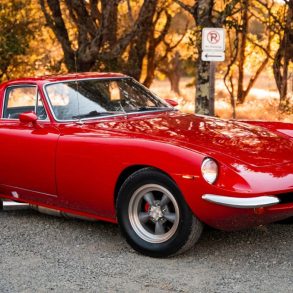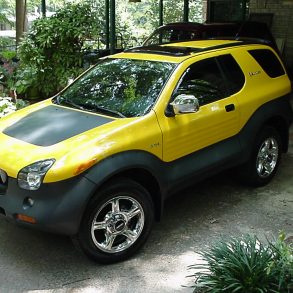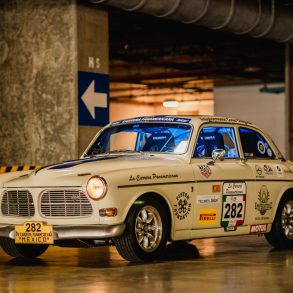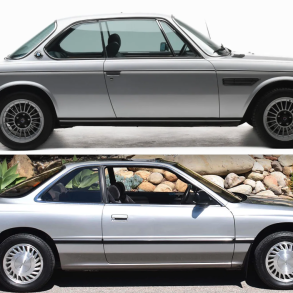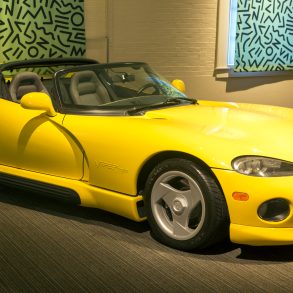Every year flocks of determined swallows return to mission San Juan Capistrano, California – a journey of 6,000 miles. It’s a sight that inspires many to reflect on certain things in life as a miracle. In 1954, a miracle could very well have changed the fate of a small car manufacturer that once bore the name of these determined tiny birds.
The Swallow Doretti was designed and produced by a division of the Swallow Side Car Company, founded by William Walmsley and William Lyons. In 1933, the automobile portion of the company became S.S. Cars Limited, later to evolve into Jaguar Cars Limited, while the remaining company continued building side cars and other motor accessories under the parent company Tube Investments Group. In 1952, Eric Sanders, a coachbuilder by trade traveled to California and met with Arthur Andersen. Sanders was able to convince Andersen that there was a promising market for a new sports car. Sanders returned to the UK and began work on the car using dimensions from the Triumph TR2. Based around a tubular Reynolds 531 ladder chassis, the Doretti design featured a handsome Italian-influenced, aluminum body penned by Swallow designer Frank Rainbow. The Doretti featured a large Ferrari-style front grill, sweeping front fenders and a gently bobbed, distinctly British rear end. The name Doretti was inspired by American sales distributor Dorothy Deen, Andersen’s daughter. Andersen was convinced that the Italian sounding name would add a bit of European flare to the largely British undertaking.
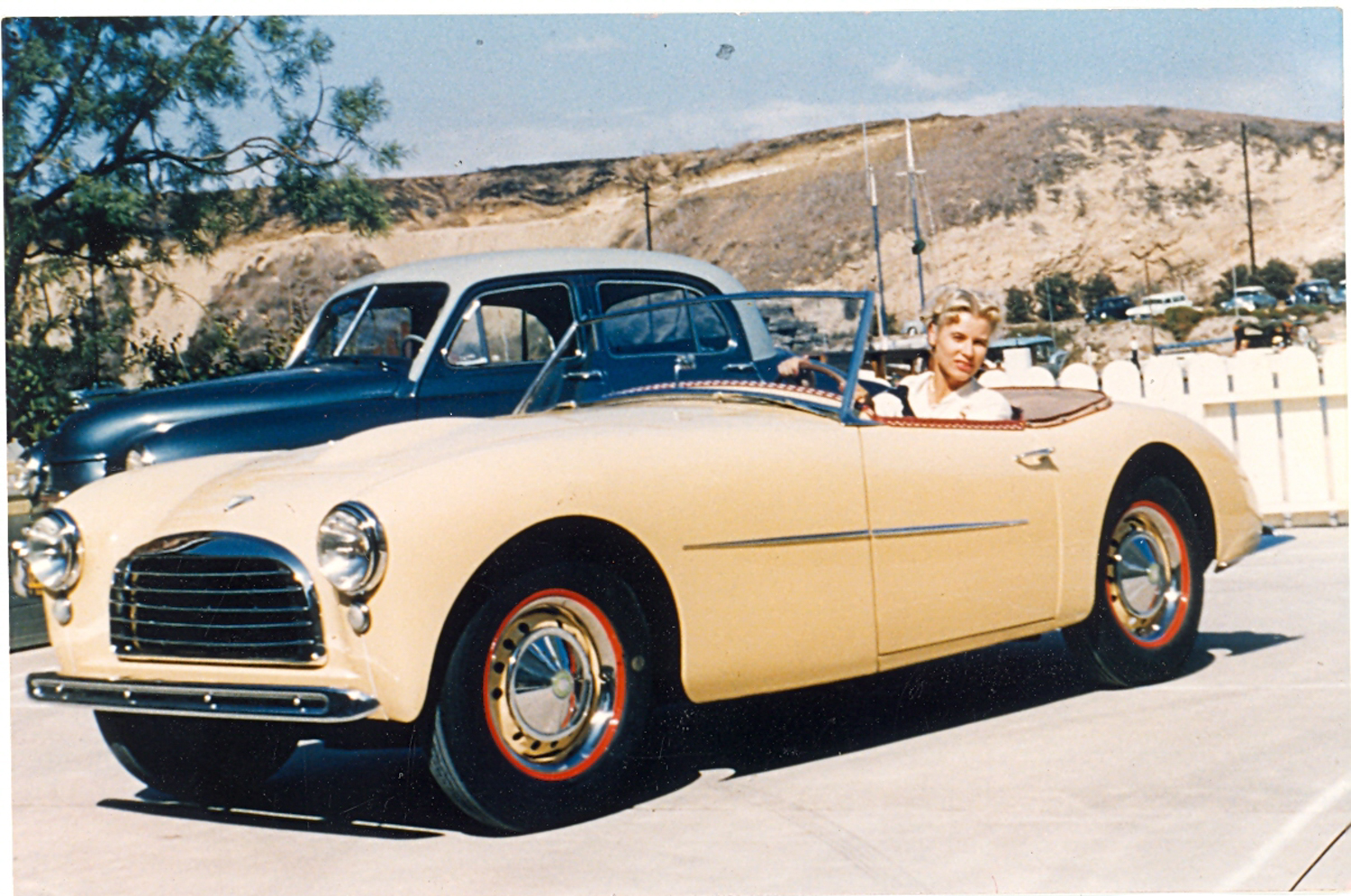
When first released, performance proved to be quite brisk, with a top speed of over 100 mph when tested by the British magazine “The Motor” in 1954. In 1955, Dorettis raced in Santa Barbara, Hansen Dam, Torrey Pines, Elkart Lake, Walkins Glen, and Pebble Beach. Max Balchowsky, of Ol’Yaller fame, reworked six Dorettis with GM-based V8 engines producing almost 300 horsepower for racing. Doretti racing provenance was not limited to American shores, however as privately campaigned cars competed at Goodwood, Silverstone, and even in the Carrera Panamericana road race. And while success at the track was making a strong impression on sales, it was a challenging time for anyone building hand-made cars. Times were changing quickly, and rapid manufacturing processes were quickly defeating many of the British “cottage industry” methods used to build the Doretti.

Although production for the Swallow Doretti lasted only 10 months, the company managed to deliver a total of 276 cars, half of which were sold to the U.S. Ultimately, it would not be sales, or lack thereof that would cause the demise of the Doretti, rather it would happen via a single page memo drafted by Jaguar in 1955. The memo informed the parent company, Tube Investments, that they found the Doretti to be a direct competitor to the XK 120. The memo went on to further suggest that should they continue to manufacture the car, Jaguar would be inclined to find an alternative vendor for the bumpers, door locks, and other parts Tube Investments supplied. Naturally, with Jaguar sales volume far greater than that of the Doretti, the decision was quickly made, and production ceased.
Today, finding a Swallow Doretti in any condition is a rare event. Many of the examples surviving today are often not restored to a high level but those that have been done properly reveal a very handsome car with unique attributes and a very pleasing profile. Having been penned in 1952, the British influence is clear with the tall cowl, long front fenders, a slight dip into the door line, trailed by a quick hop over the rear wheel, ending in a delicate, tapered bustle at the rear. The profile is quite refined but upright, again in British style with the windscreen raked just slightly. It’s easy to see how a minor lean back to the windscreen alone would make the Doretti far more Italian in design, but as much as the car wanted to appear Italian, the final result is still very much a British design.
Although the Doretti is wider at the rear than a Triumph, the rear view is very much in keeping with Austin-Healey and Jaguar XK120 designs that preceded the Doretti by more than just a few years. The front view attempts to capture some of the Italian design themes of the era with a wider grille opening and a small hood bulge, but with the characteristic clean metal piping separating the main body from the fender sections, the tall headlight position, mostly flat front fascia, and gentle hood crown, the design still presents as a collective statement of British automotive themes from the early 1950s.
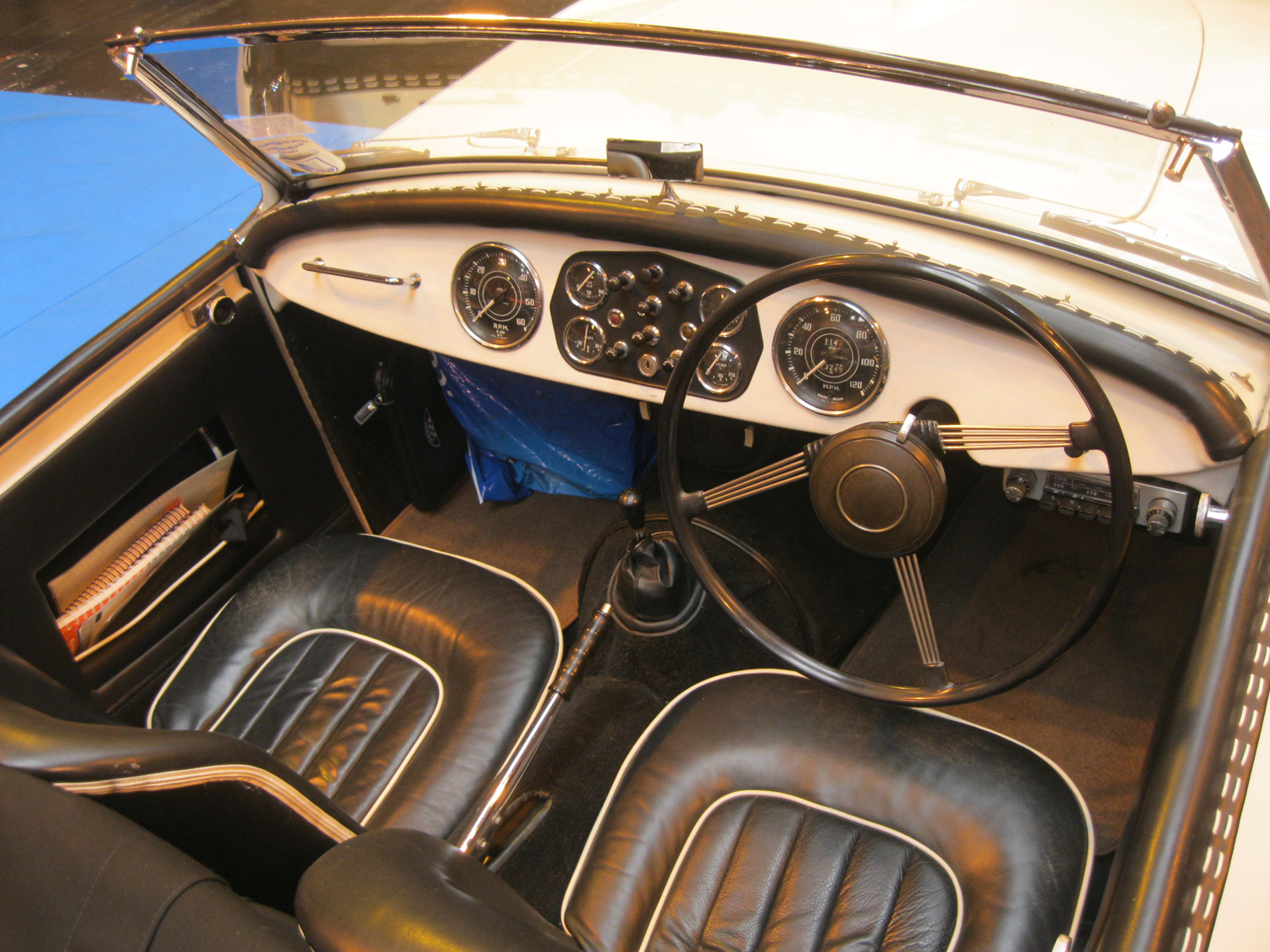
As a total composition, however, the Swallow Doretti does achieve a sense of individualism. The uniquely distinguished proportions particularly due to the width, the elongated wheelbase from cowl to front axle, and the handsome door contour into the rear fenders are all quite well executed as a cohesive design. Though the Doretti is derivative of many British designs of this era, it stands alone, unmistakably so, not a Triumph, not a Jaguar, and not an Austin-Healey.
Looking at the design today, it is easy to see how it might have become more popular had it been given a chance at volume production, had it been untethered by the limitations of a small, somewhat conservative British firm. In many ways, the Swallow Doretti was more of a California or Coastal America car – a car that could have been far more successful had it been marketed differently. The scale was larger, the presence more unique, the convertible design was open and inviting, and the package was perfect for young people looking to purchase a fun sports car. Had Swallow simply licensed the design to a California manufacturer and encouraged the installation of a compact and durable Ford V8 engine, we might be writing a very different story today.


